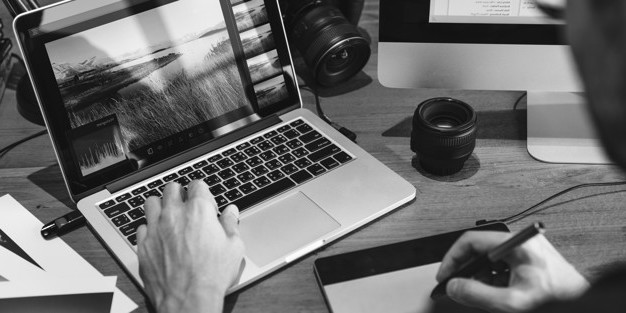Psychology behind packaging design?
The rationale for exploring the psychology behind packaging design is to better understand how we as interaction designers can use digital tools to create value for modern consumers. This article leads us to three very important conclusions.
In the store, the packaging acts as a gateway to the product. Consumers look at the packaging and respond to how it makes them feel at that moment. If the consumer feels that the product can potentially satisfy their needs, it influences their buying behaviour.
This feeling is a result of choices made across several cognitive stages, therefore most consumers find it to be complex and overwhelming at times. Since consumers are often in state of confusion, the most important role of packaging is to alleviate their fears. This article analyses a typical consumer buying behaviour in detail to highlight the role of packaging throughout.
Packaging as the Stimulus
We can treat the consumer as a subject who gets exposed to a product on the shelf, wrapped in its packaging, as the stimuli. The stimuli in this case is heavily cultured to affect subject’s response and achieve a desired consumer behaviour.
“More than 50% of senior F&B professionals who took part in this research consider ‘Organic & Free-from’ as one of the 3 most important trends in the industry. Regarding other key trends, besides for ‘Private Label’ in second place, three of the top five have to do with ‘ethics’: the concepts of being eco-friendly, conscious of the effect of plastic on the environment, concerned of fair trade, and practicing honest advertising are considered to be key factors today and for the years to come”.
Decision Making – Path to Purchase
The classical conditioning theory suggests that product packaging directly influences a consumer’s perception of the product, and the influenced value perception of product is bound to affect consumers buying decision.
Making a buying decision involves consumers to go through several cognitive and affective mental stages before they make a choice. When consumers recognise a need by themselves or upon provoking, they start to actively look around and consume information available across various channels. Based on what is presented to them during these stages, they form an attitude towards particular choices they begin to trust. After a choice is made, and consumer decides to make a purchase they continue to evaluate their decision while enjoying the product experience.
The consumer shops, ‘knowing what they are there for’ it’s up to us to encourage a sale of something they didn’t expect or to choose your brand of [product] instead of your competitors. When it comes to design we need to tap into the four most important considerations; Quality, Price, Brand, Packaging (more insights are in our previous article “How much does packaging design cost”)
An Explanation
Consumers directly equate price with quality. They expect products with high price to offer a high-quality experience over other. Throughout the decision-making process they look for cues to validate their own expectations. If consumers spent time in validation and available cues indicate a superior quality, they often create emotional ties.
When the perceived value of a purchase decision is very high (its financial or social implications), consumers are very cautious. This explains why people are careful when purchasing gifts, or planning for special occasions. Consumers are willing to spend time, involving themselves into the process and ensuring they choose the best under given circumstances. The degree of involvement is subject to consumers personal, psychological, and social contexts hence the extent of their pursuit can’t be determined but their willingness to engage is certain.
When perceived value of a purchase decision is low (for routine decisions), consumer tend to take impulsive decisions. This explains why over 70% purchases in supermarkets are unplanned. Although, consumers appear to skip most stages during impulsive buying, cognitively they are responding to the visceral cues from product packaging in many cases and making instant snap judgements about product quality. The importance of these cues in shaping purchase decision can be assumed from the fact that every 9 out of 10 consumers prefer in-store purchase when 5 of them had already researched online.
Conclusion
The rationale for exploring the psychology behind packaging design is to better understand how we as designers can use tools to create value for modern consumers. This analysis leads us to two very important conclusions:
- Packaging is the gateway to product perceptions.
- People are willing to engage.
- To increase loyalty, build an emotional connection between the product and the consumer.
The AdBrand creatives specialise in not just being able to build brands, but help you understand the psychology of design with the researched and developed rationale behind out routes.
If you are ready with questions, ideas and a focus, then contact AdBrand and we’ll work together to increase your sales.
Thank you for reading.
Adam Ridgway
Chief Creative Director
AdBrand





